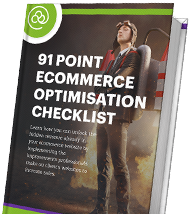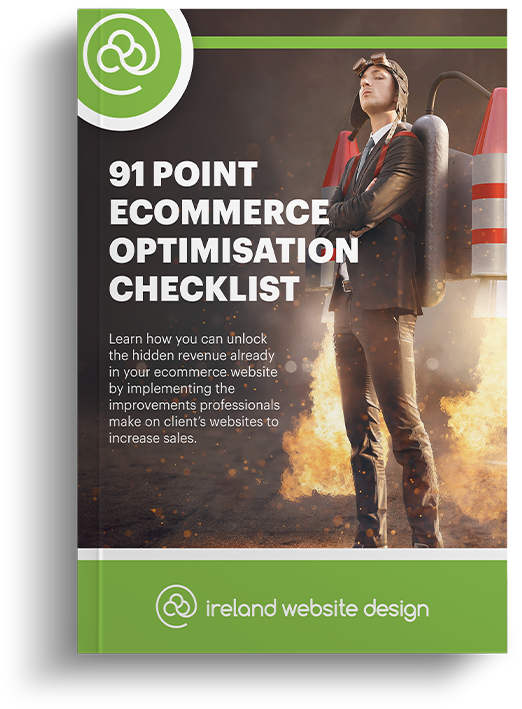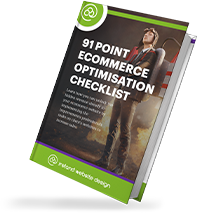A/B testing is carried out to ensure that you get the correct audience to interact with the correct elements of the correct web pages to keep your webpage layouts correct.
People respond to different things in different ways and the way web pages are designed is no exception to this. You can spend endless days mulling over the best way to design a webpage and as to what are the best elements to include to get people to respond to it. However one can effectively simplify this process with measured results by utilizing A/B testing. Put simply, A/B testing involves making two web pages – one known as the control and one known as the variable – and testing which of these pages have better response rates (through analytical software such as Optimizely, Unbounce, or Google Analytics). By combining the positive attributes of the two pages and cutting the negative ones, you are left with a single page that incorporates tried and test response rates.
A/B testing can be used in many instances such as when sending a newsletter to your mailing list or when designing the pages of an app for example. Online advertisements and the copy and images within them can also be trialed with this A/B testing methodology to ascertain the sizes, layouts, and designs of these elements and how people respond to and interact with them. As a continuation of this calls to action benefit from A/B testing as you can gauge the likes of click-through rates and actions taken in the presence of various calls to action on your web pages or landing pages.

A – The Control Page
Design your intended webpage and make this as complete as possible by including text, images, and inbound and outbound links to other destinations. Before you publish this page, make sure to make a duplicate draft of it. This is your control page for the A/B testing experiment. Your website can cleverly run this page alongside the comparable variable page (see below) and decide which version of the page to show to those who visit it. This lets the two web pages be tested live against each other so you can then review their effectiveness and get a better real-life view of how each page is performing.

B – The Variable Page
Now that the control page from above is live, it is time to edit the duplicate of this page that you made. For this (the variable page), move around the positioning of the text and imagery or maybe even add or remove some of these elements. To further differentiate this from the control page, you might look to add a video to this page. After the control page has been live for a period of time, take it down and replace it with this variable page for the same period of time. Make sure when you do this to ensure that both pages have the same URL so that links remain intact and 404 errors stay at bay.

The Results
After both pages have been live on your website for an equal amount of time (longer periods of time work much better than shorter timeframes of a single week for example to illustrate the differences between the two pages’ response and interaction statistics); it is then time to compare the two. Examine the amount of time people spend on each page and also take note of the amount of bounce rates. You can also follow the user journey to see what pages people went to after this page and what links they clicked on. For example, if the control page was the exit page of your website ten times but the variable page was the exit page over fifty times, you can deduct that the layout of the control page lent itself better to the user journey and experience. By collating the successful parts of these two pages you can then create a single page combining these elements. This results in you having a tried and tested webpage that is guaranteed to contain design elements that visitors to your website respond to.




